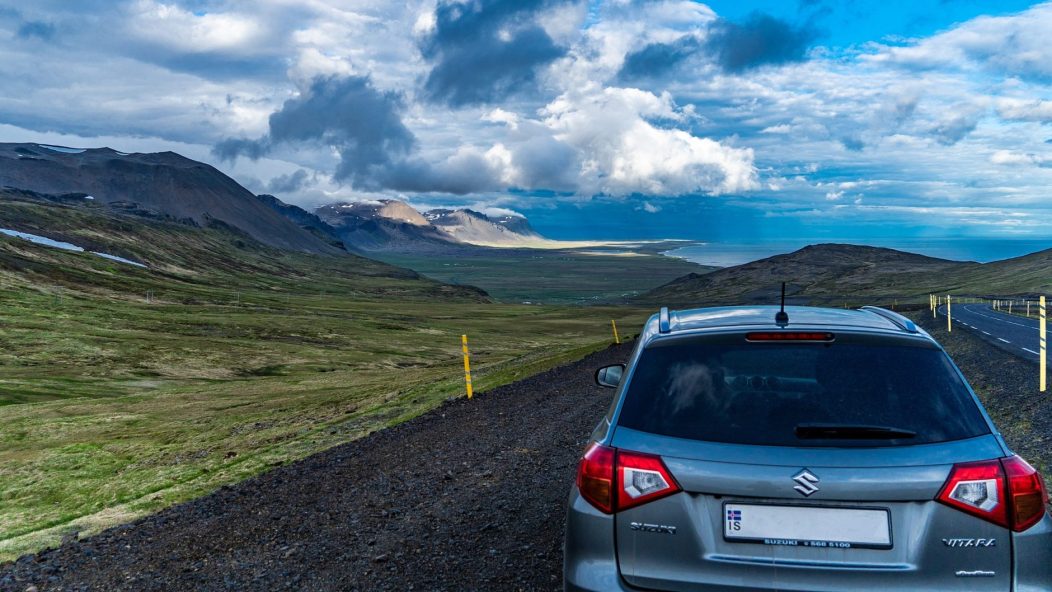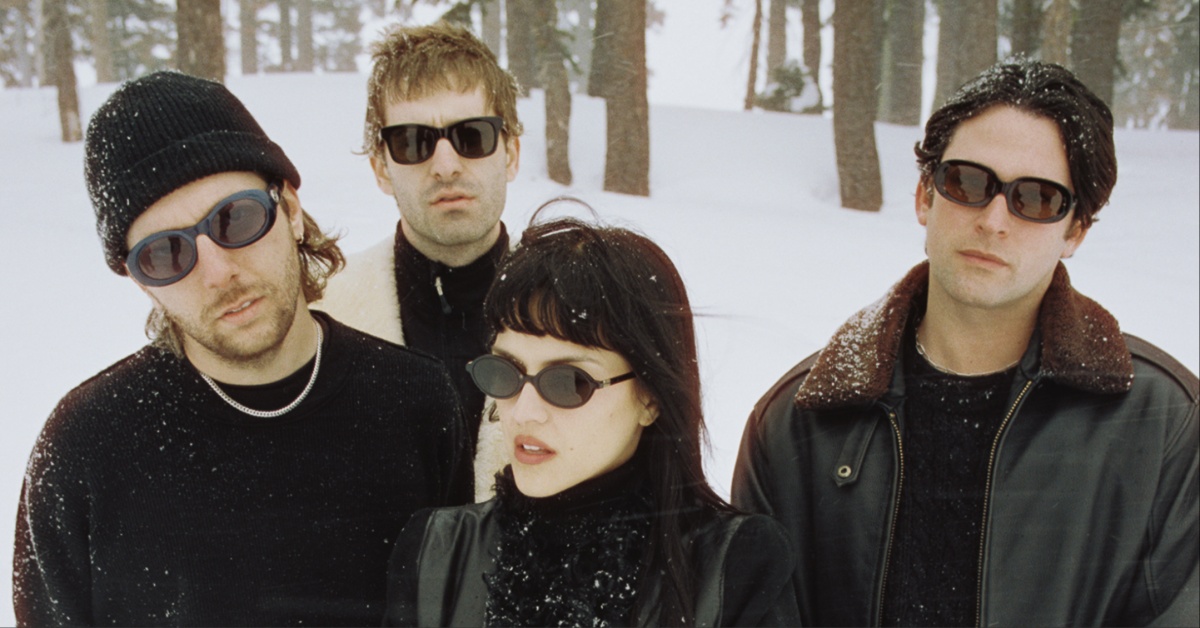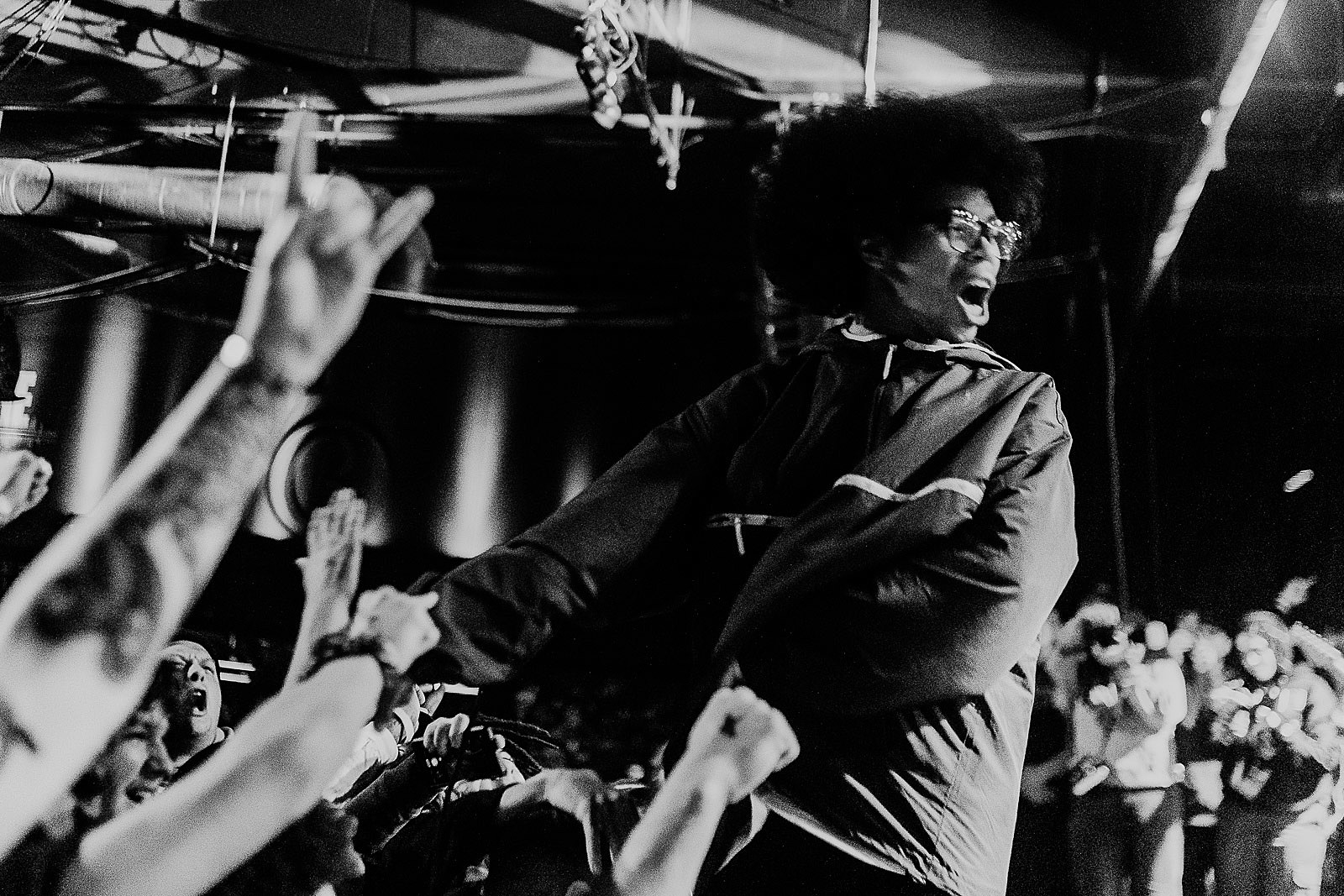
Driving and Music Were Made For Each Other

…
For most, driving is a chore, hence the stereos in our vehicles. Music would’ve been murder, though, if humans wound up unable to concentrate on the road and audio simultaneously. As if by magic (or the complex psychology of attention), we can — we navigate congested cities, racetrack highways, and narrow backroads on a daily basis blaring everything from dense audiobooks to intricate heavy metal. Behind the wheel and surrounded by speakers emanating our favorite noise, our minds seemingly bisect into two streams of attention: one dedicated to all the minuta of driving (danger prediction, continuous sensory input, split-second judgment calls, etc.) and the other to processing music (or even a conversation, for that matter). This mental division isn’t always easy for everyone, mind you, even if you’re dealing with separate inputs to separate senses; driving is special because we’re forced toward this elevated state of mind by, essentially, our fear of death.
The irony is we fear boredom almost as much as actual death; nevertheless, losing attention on driving for even a second can certainly bring the reaper’s blow whether in city traffic or out alone in the country. Self-trust becomes key, as does inner volition and confidence. Taken even further, driving even begins to invoke the concept of “mindfulness,” an approach in psychotherapy no less. Short version: you achieve a state of intense presence by allowing past withholdings (depression) and future uncertainties (anxiety) to dissipate into your mental periphery as you focus solely and squarely on the here and now. It sounds easy enough… it isn’t — meditation, the recommended practice, is a learned skill. But what if the hyper-awareness required for simultaneous driving and listening could (somewhat counterintuitively) “light the road” toward real meditation?
Music possesses the powerful ability to transport you far away from reality — just like any good novel or movie — but it can also bring you closer to home than you’ve ever been. When great music is playing, you’re nowhere but there: sucked up in the mix, in the noise, and in the volume. Part of the joy you feel relates to the fact that you’re immune to intrusive thoughts, ruminations, or worries for those precious moments — your nightmares will always be real, but you don’t have to actually acknowledge their existence all the time. Music, for some reason, helps. The same goes for driving, in many cases, to the extent that all you have attention left for is music. The point is that while driving and music certainly act interrelatedly toward heightened focus, they also act independently. That is to say a great drive alone can be as enjoyable as a great song.
Equipment matters, but only to a minimum extent: you wouldn’t listen to today’s modern metal productions on a gramophone any more than you’d carve up windy mountain roads in a tractor. And contrary to popular belief, speed does not matter, partly because doom metal needs a type of drive too (preferably dark, late, rainy, and secluded), and partly because enjoyment isn’t always about pure excitement. Anyone can enjoy a drive, just like anyone can enjoy metal — sometimes, it takes just the right formula. Driving, at its core, is about being alone in your head; luckily, music exists in your head only as you hear it. As such, there’s no room for general “driving music” recommendations — many songs (and metal songs) have been written specifically about driving, but that’s not the point. You need to know the person to understand the experience to then relate to the importance the music played. Just like meditation is personal discovery, so is the winning combination of road and “track.”
Interestingly, it’s the concept of musical atmosphere which really syncs up with the “state of presence” invoked by driving. Think of atmosphere as a void which can be filled with all the cognitive shit unnecessary for safely operating a vehicle on the road. Music, here, lends a helping hand to driving: piloting a vehicle in close proximity to thousands of others trying to do the same thing usually generates tension and therefore frustration. Not only can the right tunage enhance a particularly amazing high-speed jaunt across vast landscapes, it can transform ass-to-ass traffic into a moment of serene bliss by allowing you to mindfully let things go. Flipped around, some wonderful motoring can turn an otherwise useless song into a pathway to inner transcendence. Music is far from concrete: other activities can affect our enjoyment of music just as much as our tastes, expectations, and prejudices.
And there’s a real difference between commuting and “driving to drive.” Likewise, there’s a difference between one style of music and another in terms of when and how someone enjoys them — it all depends on the individual. Just like practicing meditation, though, driving for the sole purpose of driving is something most people do not do. For some, cruising for pleasure would pay itself off twofold: first, the immediate benefit of enjoying some forced-focus time alone with their favorite music, and second, the returned benefit of hating commuting less. It would be excessive to say that trekking out randomly could sub as therapy (or even meditation), but it might awaken some of the mental muscles necessary for the task. Find a road, find a groove, and pay attention to nothing but driving and hearing — neither the drive or music need be special, they just have to work together at emptying your head and refilling it with only what’s immediately present.
…
Here are three albums which revealed particular significance during special drives I’ve taken. I invite you to share yours in the comments below.
…
Totally Alone, Directionless, and Moody on Colorado’s Oh-So Scenic State Routes
Ihsahn — Das Seelenbrechen (2013)
The Earth, with all its raging bulk, spent millions of years churning and gnashing to form the Rockies. Ihsahn, a mere mortal, spent far less time writing Das Seelenbrechen, yet there’s no apparent difference: the rapture of a deserted two-laner weaving the valleys between near-infinite mountain ranges (peaks dramatically occluded by tufts of white fluff) fully matches the triumphant but dark mood of tracks like “Regen” or “Tacit,” especially when you’re totally alone heading nowhere familiar. Then, when the guitar solo in “M” hits, your goosebumps turn razor-sharp, the sweat on your back freezes over, and you become uncatchable and invincible all the same.
…
Blasting Across Iceland’s Backroads in a Shitty Rental Trying Not to Kill Sheep
Trna — Lose Yourself to Find Peace (2016)
Driving in Iceland can be a little hairy at times (high wind, no shoulders, one-way bridges and tunnels, gravel roads, etc.), but the payoff is unspeakably grand. There must only be a few places in the world where such awe-inspiring scenery can exist. The scale, the seclusion, the serenity: all things reflected on Lose Yourself to Find Peace no less. Summoning the perfect blend of post-rock and black metal — borrowing elements from each but dissing neither — Trna blossoms 40 minutes of gaze-worthy atmosphere with deft touches of attack and grit. This is music for letting good feelings flow (specifically for me, feeling at home wherever I may be).
…
Blurring the Streetlights of Grand Avenue (and Ruining the Silence of Lower Wacker) on a Humid Tuesday Night in Chicago
Mithras — On Strange Loops (2016)
There’s simply no death metal like it: On Strange Loops is a tour de fuckin’ force. With its hyper-technicality and gluttonous use of major scale, this album fuels both your mind and attitude — perfect for an enthralling drive through a deserted city. Concrete and steel echoes amplify everything a thousandfold, presenting your mind’s eye with peak stimulation, resulting in utmost focus. The louder it gets, the better it gets; the better it gets, the louder it gets (this logic definitely does not apply to Chicago’s deafening subway and elevated rail system). Just because this death metal feels invigorating doesn’t mean it isn’t sinister. Such is the inherent art: savage, savage beauty.
…











